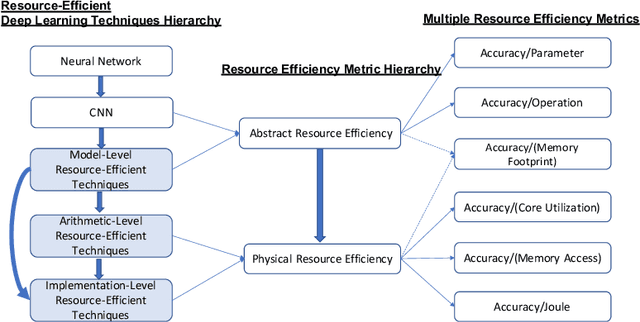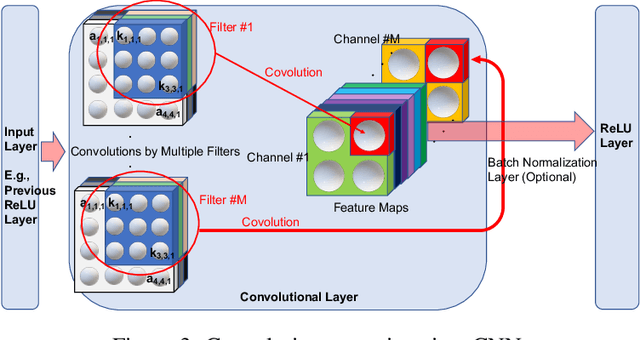JunKyu Lee
Fast, Scalable, Energy-Efficient Non-element-wise Matrix Multiplication on FPGA
Jul 02, 2024



Abstract:Modern Neural Network (NN) architectures heavily rely on vast numbers of multiply-accumulate arithmetic operations, constituting the predominant computational cost. Therefore, this paper proposes a high-throughput, scalable and energy efficient non-element-wise matrix multiplication unit on FPGAs as a basic component of the NNs. We firstly streamline inter-layer and intra-layer redundancies of MADDNESS algorithm, a LUT-based approximate matrix multiplication, to design a fast, efficient scalable approximate matrix multiplication module termed "Approximate Multiplication Unit (AMU)". The AMU optimizes LUT-based matrix multiplications further through dedicated memory management and access design, decoupling computational overhead from input resolution and boosting FPGA-based NN accelerator efficiency significantly. The experimental results show that using our AMU achieves up to 9x higher throughput and 112x higher energy efficiency over the state-of-the-art solutions for the FPGA-based Quantised Neural Network (QNN) accelerators.
ROMA: Run-Time Object Detection To Maximize Real-Time Accuracy
Oct 28, 2022Abstract:This paper analyzes the effects of dynamically varying video contents and detection latency on the real-time detection accuracy of a detector and proposes a new run-time accuracy variation model, ROMA, based on the findings from the analysis. ROMA is designed to select an optimal detector out of a set of detectors in real time without label information to maximize real-time object detection accuracy. ROMA utilizing four YOLOv4 detectors on an NVIDIA Jetson Nano shows real-time accuracy improvements by 4 to 37% for a scenario of dynamically varying video contents and detection latency consisting of MOT17Det and MOT20Det datasets, compared to individual YOLOv4 detectors and two state-of-the-art runtime techniques.
Resource-Efficient Deep Learning: A Survey on Model-, Arithmetic-, and Implementation-Level Techniques
Dec 30, 2021



Abstract:Deep learning is pervasive in our daily life, including self-driving cars, virtual assistants, social network services, healthcare services, face recognition, etc. However, deep neural networks demand substantial compute resources during training and inference. The machine learning community has mainly focused on model-level optimizations such as architectural compression of deep learning models, while the system community has focused on implementation-level optimization. In between, various arithmetic-level optimization techniques have been proposed in the arithmetic community. This article provides a survey on resource-efficient deep learning techniques in terms of model-, arithmetic-, and implementation-level techniques and identifies the research gaps for resource-efficient deep learning techniques across the three different level techniques. Our survey clarifies the influence from higher to lower-level techniques based on our resource-efficiency metric definition and discusses the future trend for resource-efficient deep learning research.
 Add to Chrome
Add to Chrome Add to Firefox
Add to Firefox Add to Edge
Add to Edge